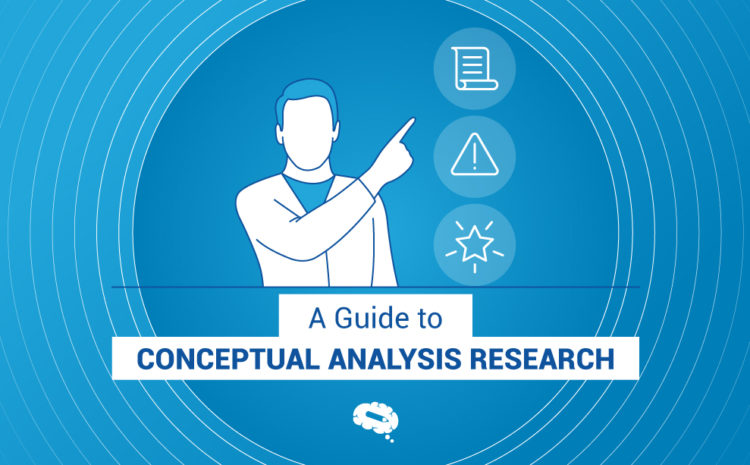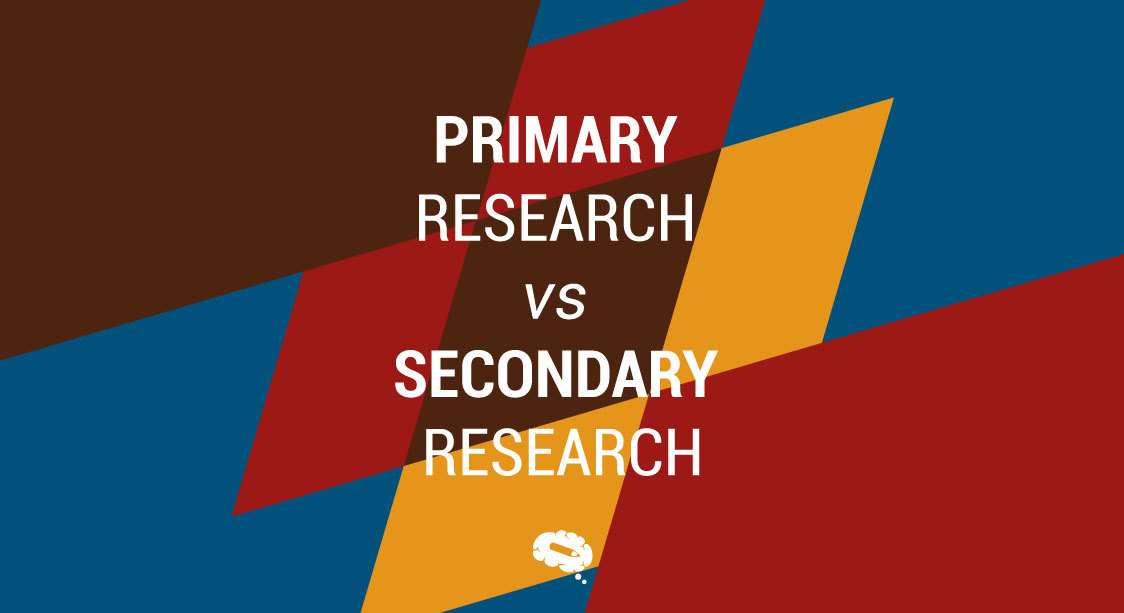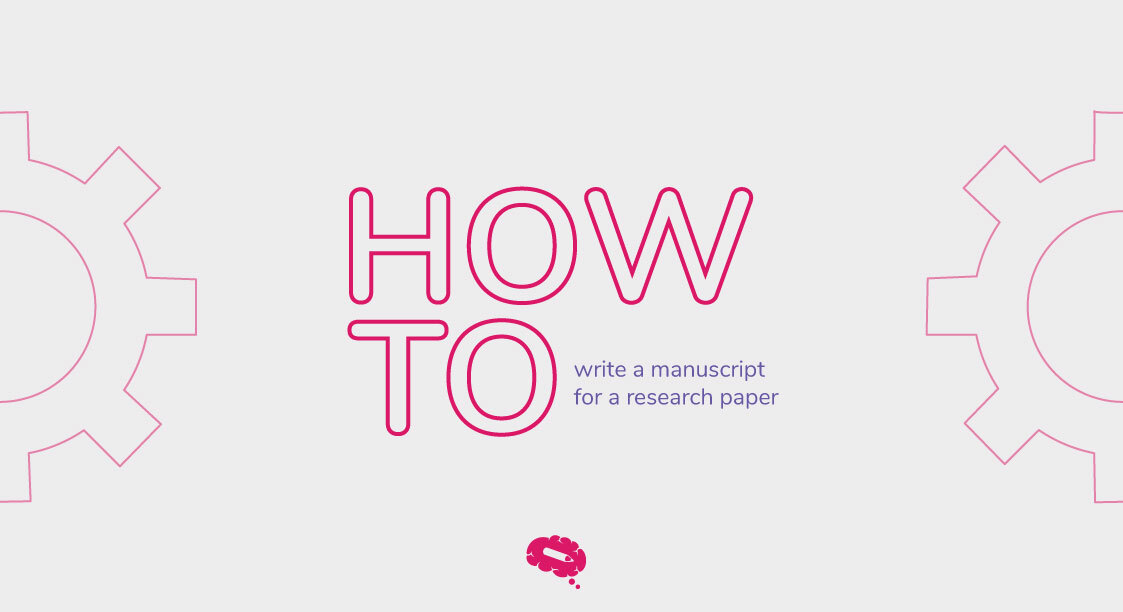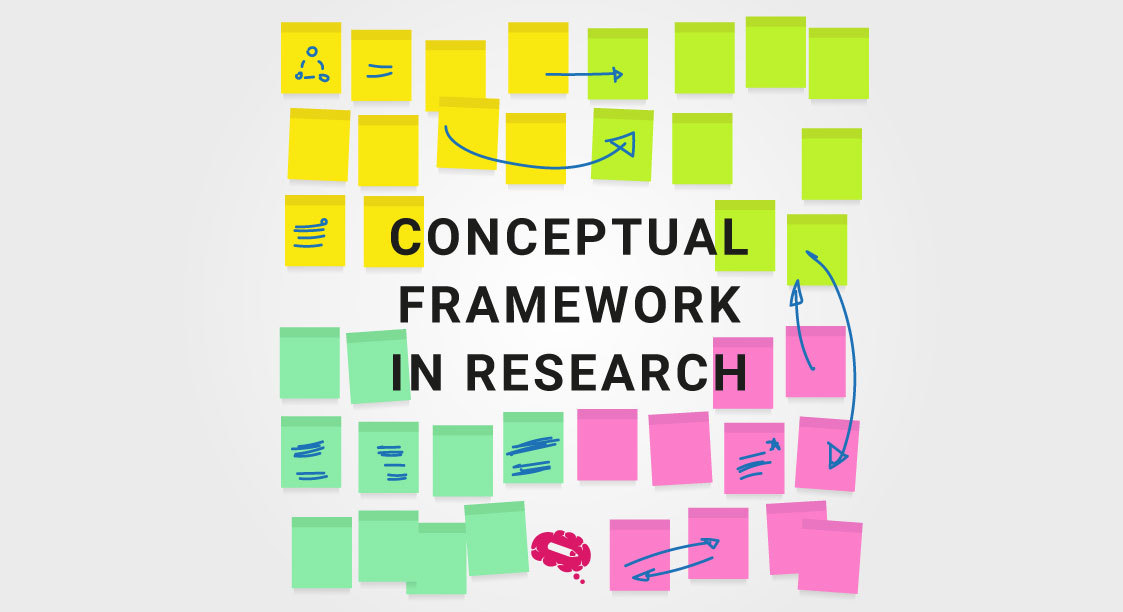There are countless researches, theories, studies and concepts on countless subjects. This is the result of years of collecting data and turning it into informative text.
There are times when it is necessary to investigate existing theories and concepts in order to gain a better understanding or to bring out more nuances. When it comes to concepts, the best way to approach them is through a conceptual analysis research, which will provide and clarify all possible information, coherent or not, that surrounds this specific concept.
This article will walk you through how to conduct a more accurate and detailed conceptual analysis research to convert an abstract and ambiguous idea into a more concrete concept.
What is conceptual analysis, and how does it work?
Conceptual Analysis Research can be defined as the examination of a concept into simpler elements to promote clarification while having a consistent understanding; analysis can include distinguishing, analyzing, and representing the various aspects to which the concept refers.
The ultimate goal in general is to improve the conceptual clarity and coherence of careful clarifications and definitions of meaning. Or, on occasion, to expose practical inconsistency.
Preparing a conceptual analysis entails conducting a literature review, identifying the key characteristics or attributes of the concept, identifying its antecedents and consequences, and possibly applying them to a model case.
How to write a conceptual analysis?

Choose a Concept to Study
First and foremost, determine the concept that will guide the research. Examine specific and interesting areas, then select a field of study for the research, which should be based on a theoretical framework.
And remember, the conceptual analysis is supposed to bring clarity and coherence; the subject chosen must allow this. Avoid subjects that do not allow further clarification, do not have enough data, or are not ambiguous enough to warrant in-depth analysis.
Conduct a Literature Review
An initial review of the literature on the chosen concept can provide countless insights into the concept and hence the researcher can find out whatever is known, not known, or confusing about a concept.
Conduct a review of the literature on your chosen concept from a wide range of disciplines. Instead of focusing solely on the chosen field of study, search for nuances in other disciplines and potential collaborations.
Let’s say the chosen field is medicine, for example, look for psychological, sociological, interpersonal, and any other possible aspects of it. While conducting the literature review, begin by identifying surrogate terms, relevant uses, and inconsistencies in the concept.
Select an Appropriate Sample to Collect Data
There will be a large amount of data to understand and use after conducting a thorough literature review. This step is inestimable since it is so important to be critical during this stage of the process to select the best and more assertive data to analyze and include in the analysis.
It might be useful to inquire whether the authors are “describing the concept the same,” “similarly using the concept,” or “were any inconsistencies available in literature?”.
Identify Characteristics
Determine the key characteristics or features of your concept. The characteristics of a concept are what makes it true. Assume the concept is a pregnancy, and the fetus’s heartbeat is what makes the pregnancy real, therefore this is the main characteristic of the concept.
Making good use of the concept’s characteristics will result in the operationalization of the concept, which will lead to the selection of a measurement tool.
Assess the Concept Antecedents and Consequences
By definition, antecedents are what initiated the concept, what led to it. While consequences are the results and outcomes, what follows the concept.
This is an important step in dissecting the concept and understanding all of its nuances. This step gives the researchers an idea of how tangible the concept is.
Identify Concepts Related to the Concept of Interest
After defining the concept’s characteristics, antecedents and consequences, it is time to determine whether any related concepts in the literature require clarification.
Again, a critical review of the literature will reveal to the researcher what relevant research has been conducted, any conceptual ambiguity, and the implications for future research.
Construct Cases for Analysis
When doing conceptual analysis research, enrich your analysis by adding cases into the research, which will provide the research with a more concrete understanding of the concept and will aid in the clarification of the research’s direction.
Include a model case, a contrary case, a related case, and a borderline case in the analysis. A model case has all of the concept’s key characteristics, all or most of the defining criteria, and at least one of the antecedents and consequences.
A contrary case possesses none of the defining characteristics, while a related case possesses a similar defining characteristic, and a borderline case may be a metaphorical application of the concept.
Understanding the uses of conceptual analysis in research
Before deciding to do a conceptual analysis research, it is critical to consider both the advantages and disadvantages of conducting it.
Advantages of Conceptual Analysis
- Refining and validating a possibly confusing concept.
- Provides valuable historical and cultural insights over time.
- Clarify any ambiguous concepts that could be used as synonyms
- Possibly developing instruments for better measurement of the concept’s data.
Disadvantages of Conceptual Analysis
- Conceptual analysis can not create a new concept, only validate existing ones.
- It’s a difficult process that requires a long time and persistence to investigate and validate a concept.
- Dealing with such a large amount of data can be uncertain and overwhelming for the researcher.
- More prone to error, especially when a relational analysis is used to achieve a higher level of interpretation.
Your figures ready within minutes with Mind the Graph
Mind The Graph is an easy professional tool specialized in creating figures and graphs. Begin easily creating amazing scientific infographics with infographics templates and without any complications.

Subscribe to our newsletter
Exclusive high quality content about effective visual
communication in science.





